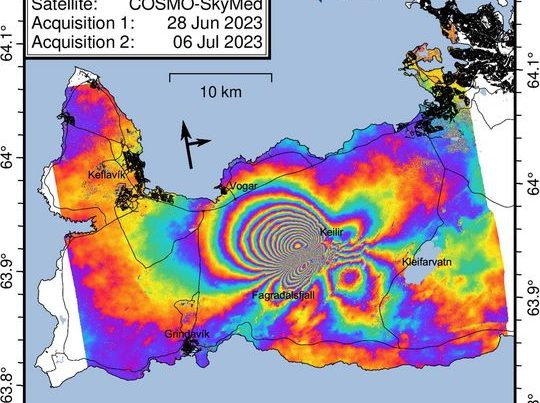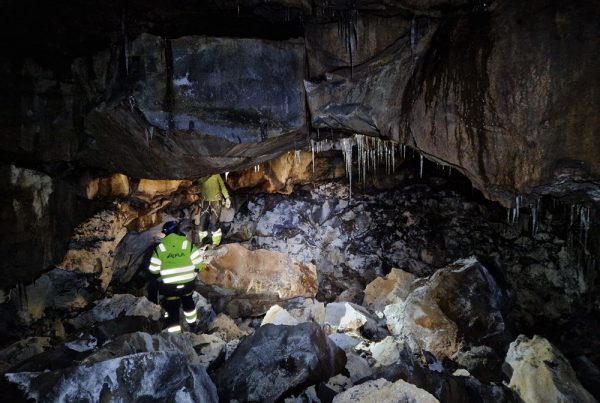The big, subglacial Bárðarbunga central volcano (2,005 m – with an ice-filled caldera) in the Vatnajökull ice cap shows signs um unrest after the end of the productive Holuhraun lava eruption. It started in late August 2014 and ended in February 2015. Currently, the mountain swells according to automatic GPS-surveys and shudders profusely, with frequent earthquakes of magnitude 1 to 4.5. Some are most likely associated with gradual lowering of the caldera floor due to the uplift and swelling of the volcano. Deep-seated earthquakes (from 10 or 15, up to 23 km depth) can be associated with ascent of magma into an unconstrained reservoir at a depth of 10-15 km. The same applies to Bárðarbunga as Hekla; with every month or year, the likelihood of an eruption grows. Its force, length, accurate position or effects cannot be forecasted.

Ari Trausti Guðmundsson is a geoscientist and author of a number of books and documentaries/TV programs on the geology af Iceland, especially volcanology and glaciology. He is a member of the team that created LAVA and wrote the script for the exhibition.



